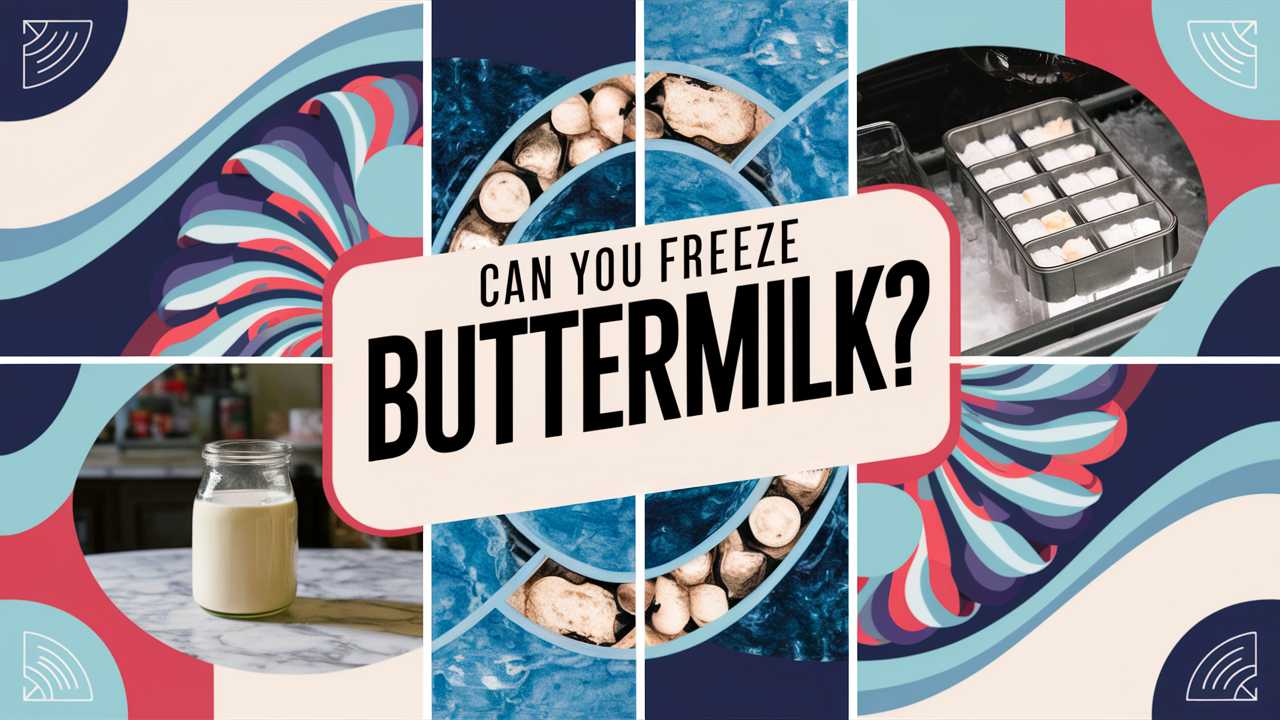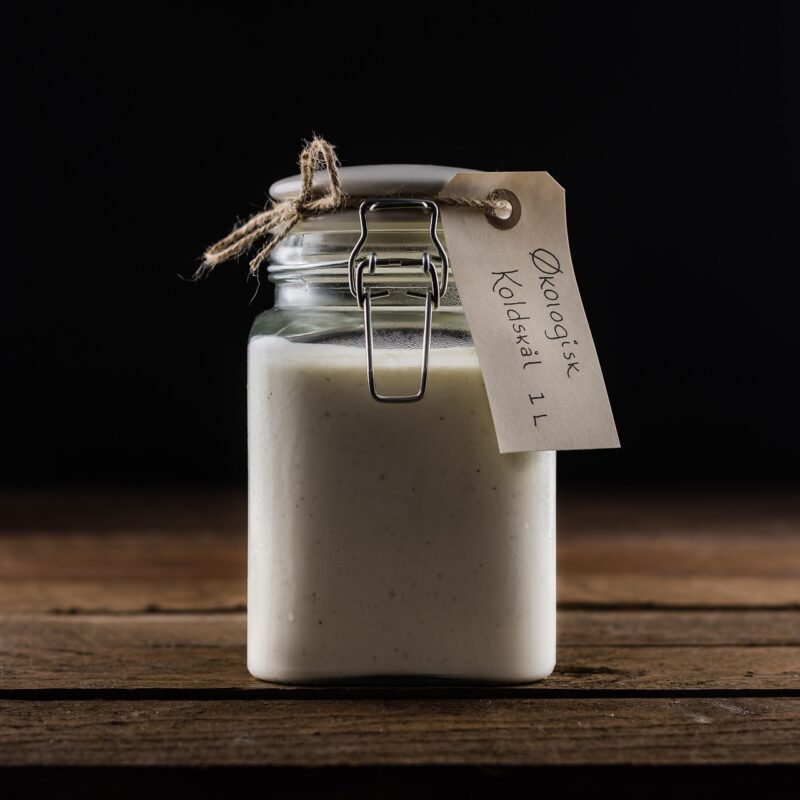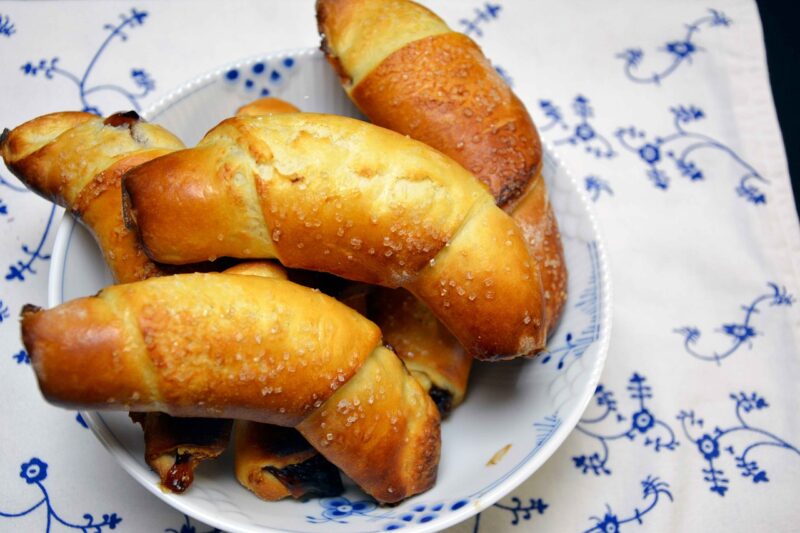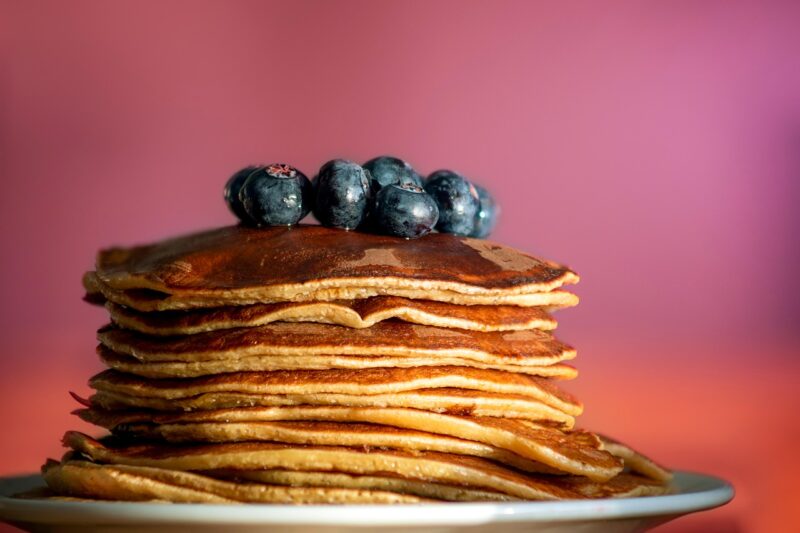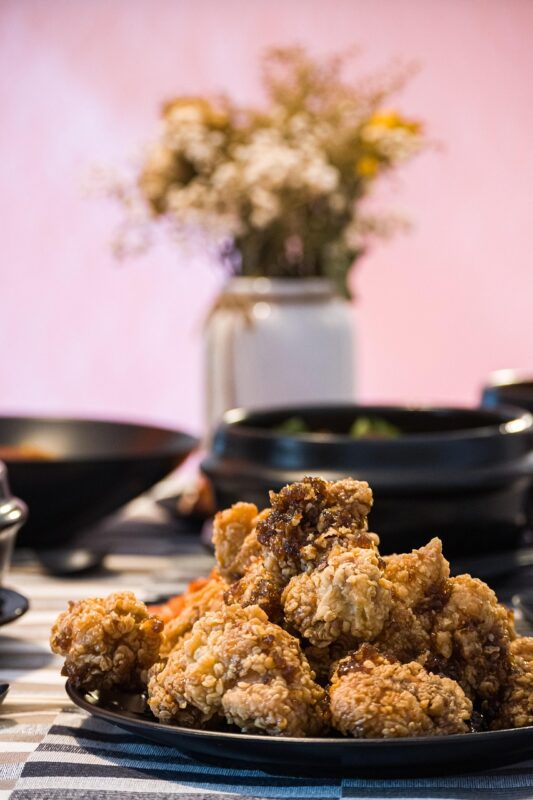Can you freeze buttermilk? The answer is yes, and this guide will explore the ins and outs of freezing buttermilk, providing recipes, tips, and delightful insights along the way.
Can You Freeze Buttermilk?
Yes, you can freeze buttermilk! Freezing is an excellent way to prevent waste and extend the shelf life of this ingredient. When frozen properly, buttermilk retains its flavor and texture well, making it suitable for future recipes. However, it’s essential to follow specific methods to ensure that the quality remains intact.
How to Freeze Buttermilk
Choose Your Container: Glass containers or heavy-duty plastic bags are great options. For convenience, choose a container that will allow you to use buttermilk in the amount you typically need for recipes.
Portion It Out: If you usually need only a cup at a time, consider freezing your buttermilk in one-cup portions. You can use an ice cube tray for small amounts, which later can be transferred to a freezer bag.
Label and Date: Write the date and amount on the container or bag. This will help you keep track of how long it’s been frozen.
Seal and Freeze: Remove excess air from the container or bag before sealing it to prevent freezer burn. Then, place it in the freezer.
Storage Duration: Ideally, frozen buttermilk should be used within three months. Beyond that, the flavor may begin to degrade, although it typically remains safe to consume.
Thawing Buttermilk: When you’re ready to use your frozen buttermilk, transfer it to the refrigerator for several hours, or overnight. For a quicker method, you can place the sealed bag in a bowl of cold water.
Mix and Use: After thawing, you might notice separation. Simply stir or shake the buttermilk to recombine it before use in your recipes.
The Science Behind Freezing
While freezing buttermilk is generally effective, it’s fascinating to understand the science that allows it to retain quality. When liquid freezes, the water within it expands and forms ice crystals. If the freezing process is slow, larger ice crystals can form, which may disrupt the texture of the buttermilk. However, when you freeze buttermilk quickly, the formation of smaller ice crystals minimizes the changes in texture and flavor.
It’s also important to note that while freezing doesn’t affect the acidity of buttermilk, it can slightly alter its viscosity. Blending or shaking after thawing helps restore its original consistency.
Cooking with Thawed Buttermilk
Thawed buttermilk can be used in various recipes, often serving the same purpose as fresh buttermilk. Here’s how you can use it creatively:
Baking
Buttermilk is a key ingredient in many baked goods. From fluffy biscuits to tender cakes, its acidity reacts with baking soda, creating carbon dioxide that helps baked items rise. Using thawed buttermilk in your favorite recipes is a perfect way to utilize what you have in the freezer, ensuring that nothing goes to waste.
Pancakes and Waffles
One of the most delightful uses for buttermilk is in pancake and waffle recipes. The addition of buttermilk adds a tangy flavor and soft texture that both kids and adults adore. Simply substitute thawed buttermilk for fresh buttermilk, and you’re good to go!
Marinades and Dressings
Thawed buttermilk can also serve as a fantastic base for marinades. The acidity helps tenderize meats; just marinate chicken or pork in buttermilk overnight before cooking for an incredibly moist and flavorful dish. Additionally, you can whip up creamy dressings or dips, turning your thawed buttermilk into a delightful accompaniment for salads or vegetables.
Soups and Sauces
Incorporating thawed buttermilk can elevate soups and sauces. Adding it to creamy soups can impart richness without overwhelming the flavor. Additionally, you can use it in sauces that need a touch of acidity and creaminess.
Nutritional Benefits of Buttermilk
Beyond its culinary versatility, buttermilk offers several nutritional benefits. Its probiotic content can positively influence gut health, while its low-fat profile provides a healthier alternative to cream and whole milk in various recipes. Here are a few nutritional highlights:
Probiotics
Buttermilk contains beneficial bacteria that contribute to improved gut health. These probiotics can enhance digestion, boost the immune system, and promote overall wellness.
Reduced Fat Content
Compared to whole milk or cream, buttermilk is lower in fat. This makes it a smart choice for those who are conscious about their fat intake but still want a creamy texture in their food.
Rich in Nutrients
Buttermilk is a source of essential nutrients such as calcium, phosphorus, riboflavin, and vitamins B12 and potassium. Including buttermilk in your diet can contribute to your daily nutrient requirements.
Common Misconceptions about Buttermilk
Despite its popularity, there are several misconceptions about buttermilk that can lead to underappreciation in the kitchen. Let’s debunk a few of them:
Buttermilk is Always Sour
While buttermilk does have a slightly sour taste due to fermentation, the flavor can vary based on the brand and production process. Some might perceive certain buttermilk varieties as tangier than others, but this doesn’t mean they should be avoided.
Buttermilk is Unhealthy
Many people associate buttermilk with high-calorie or high-fat foods. However, when used in moderation and as part of a balanced diet, buttermilk is a nutritious option that can enhance meals without compromising health goals.
You Should Only Use Buttermilk Fresh
While fresh buttermilk is ideal, freezing offers a practical solution for those who want to extend the life of their ingredients. With proper storage and thawing techniques, frozen buttermilk can perform just as well in recipes.
Understanding Buttermilk
Before we explore the freezing process, let’s take a moment to appreciate buttermilk itself. Traditionally, buttermilk was the liquid left behind after churning cream into butter. In modern grocery stores, though, buttermilk typically refers to cultured buttermilk, which is produced by adding specific bacteria to low-fat milk. This fermentation process not only thickens the milk but also gives it a slightly tangy flavor.
Buttermilk is rich in probiotics, calcium, and vitamin B12, making it a nutritious addition to various dishes. Its acidity helps in tenderizing meats and contributes to the formation of gluten, creating a lighter texture in baked goods. Understanding these properties can enhance your confidence in using buttermilk creatively in the kitchen.
Recipes to Try with Buttermilk
To truly appreciate buttermilk’s versatility, why not try a few recipes that showcase it beautifully? Here are three delicious options:
Buttermilk Pancakes
Ingredients:
1 cup all-purpose flour
2 tablespoons sugar
1 tablespoon baking powder
½ teaspoon baking soda
½ teaspoon salt
1 cup buttermilk
1 large egg
2 tablespoons melted butter
Instructions:
In a bowl, mix the dry ingredients: flour, sugar, baking powder, baking soda, and salt.
In another bowl, whisk together the buttermilk, egg, and melted butter.
Combine the wet and dry ingredients, mixing until just combined (lumps are okay!).
Heat a non-stick skillet over medium heat.
Pour batter onto the skillet, cooking until bubbles form on top. Flip and cook until golden brown.
Serve warm with syrup or fruit!
Buttermilk Fried Chicken
Ingredients:
4 chicken pieces (legs, thighs, or breasts)
2 cups buttermilk
Salt and pepper to taste
1 cup all-purpose flour
Cooking oil for frying
Instructions:
Season the buttermilk with salt and pepper. Submerge chicken pieces in buttermilk and refrigerate for at least 4 hours or overnight.
Heat oil in a deep pot. In a bowl, place flour and season with additional salt and pepper.
Remove chicken from buttermilk and dredge in flour mixture.
Fry chicken until golden brown and cooked through, about 12-15 minutes.
Drain on paper towels and serve hot!
Buttermilk Salad Dressing
Ingredients:
1 cup buttermilk
¼ cup mayonnaise
2 tablespoons vinegar
1 garlic clove, minced
Salt and pepper to taste
Fresh herbs (optional)
Instructions:
In a bowl, whisk together buttermilk, mayonnaise, vinegar, garlic, salt, and pepper.
Adjust seasoning to your taste and stir in fresh herbs if desired.
Refrigerate for at least 30 minutes before serving to let the flavors meld.
Conclusion
Freezing buttermilk is a fantastic way to ensure that this versatile ingredient doesn’t go to waste. Whether you are baking, cooking, or creating creamy dressings, having a stash of frozen buttermilk on hand is always advantageous. With proper methods of freezing and thawing, you can enjoy buttermilk’s rich flavor and beneficial nutrients in your recipes for months to come.


